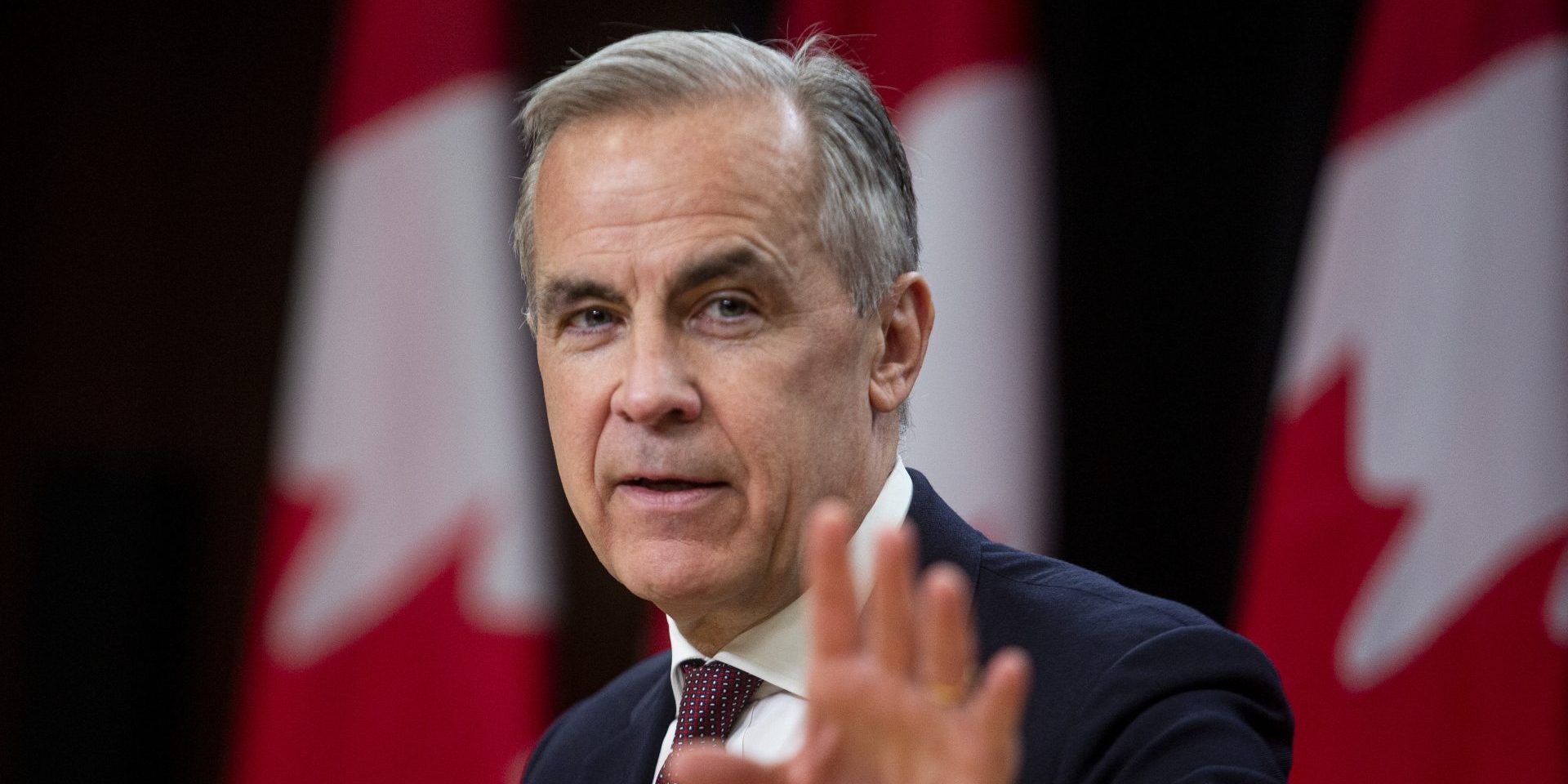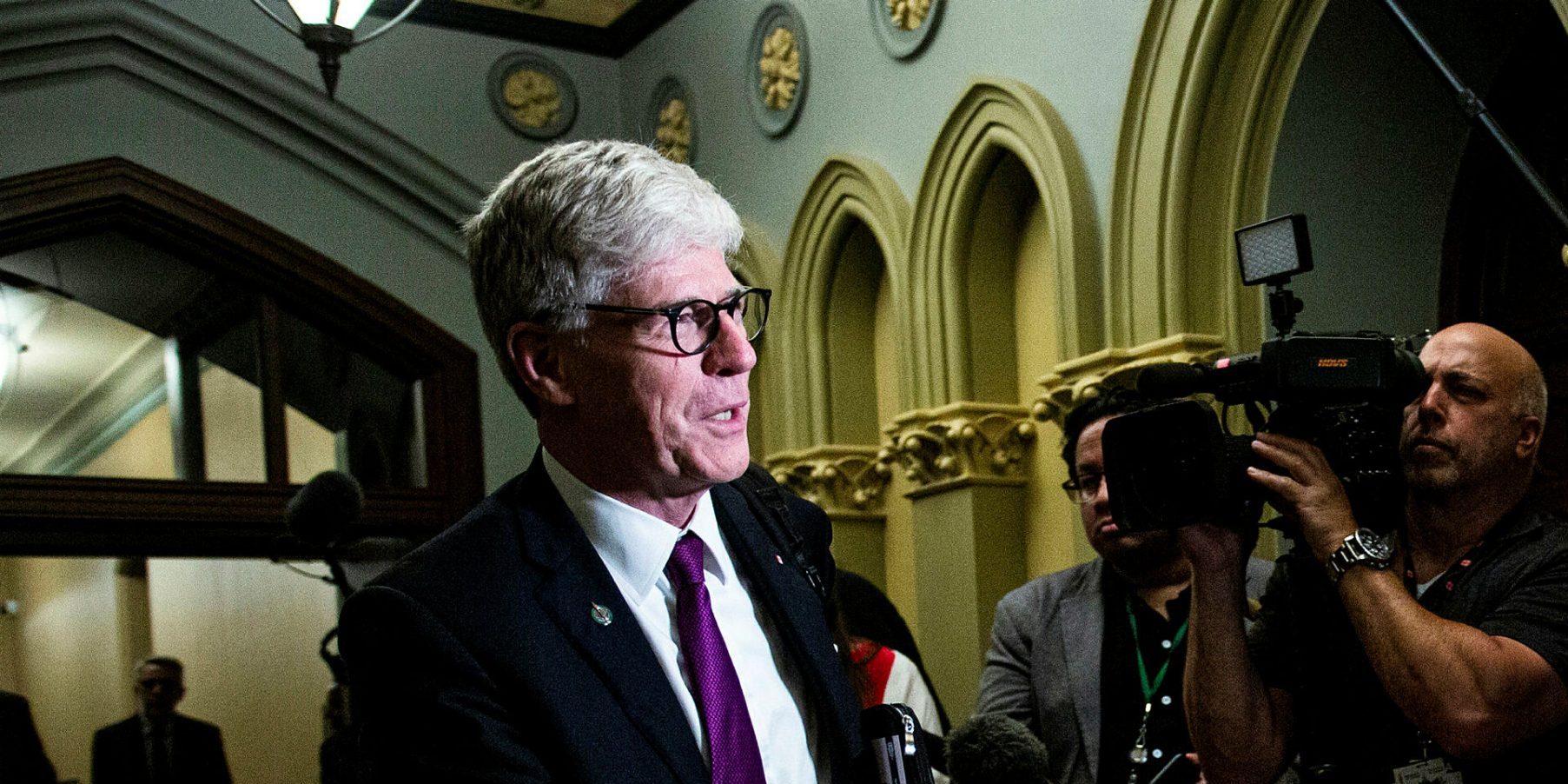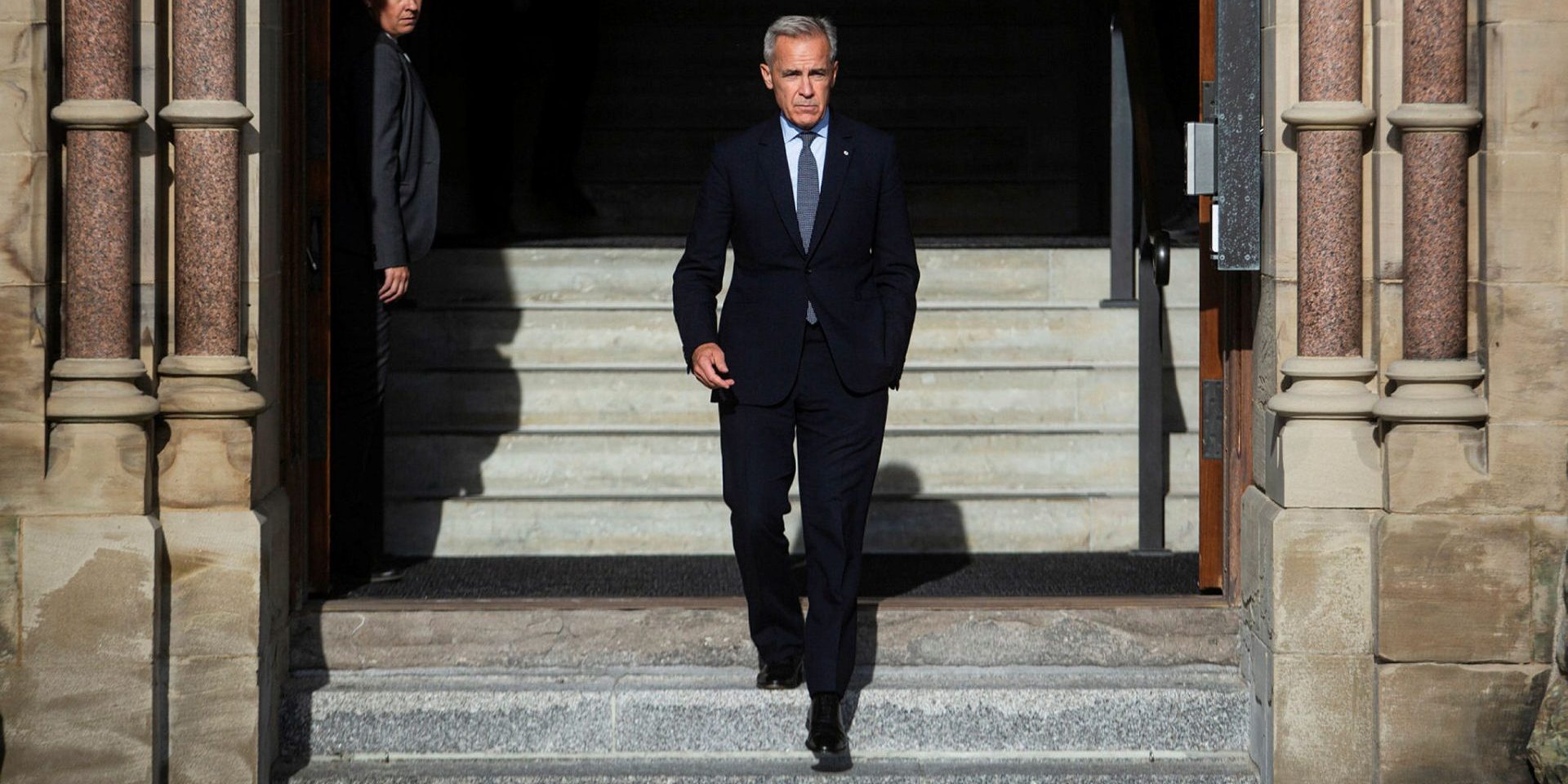Shrinking the bureaucratic behemoth

Canada’s federal government is starting to resemble a contestant on a reality weight-loss show—except it keeps gaining. And we’re not talking muscle. With personnel costs ballooning to over $65-billion and the civil service expanding by 43 per cent since 2015, it’s time for a serious makeover. The federal public service employed 367,772 people at the end of 2024. Add the ever-growing army of consultants on professional service contracts—with a $20-billion record price tag in 2023-24—and it seems Ottawa needs a village and a few consulting firms just to function.

And then there’s the tempest in a teapot: the timing of the federal budget. To be fair, delaying it allows for updated forecasts and better-informed policy—especially in today’s volatile economic climate. But it also reduces transparency and limits parliamentary scrutiny. Not that anyone actually reads the blue books, but still.
Here’s the kicker: Canada’s population grew by just 15 per cent over the same period, while the bureaucracy swelled by over 40 per cent. In 2023 alone, 10,525 new bureaucrats joined the payroll. Since 2016, federal personnel costs have surged 68 per cent. This isn’t belt-tightening—it’s binge spending with no off switch. New numbers show that last fiscal year represented the first time the public service has shrunk in a decade, amounting to 9,800 jobs cut.
Canada has trimmed the fat before. In the 1990s, Program Review slashed spending by 20 per cent and cut over 55,000 positions. The Harper-era Deficit Reduction Action Plan eliminated 30,000 more, mostly through attrition. But large transformations like departmental mergers often flopped due to poor execution and business models shakier than Ikea furniture instructions.
Let’s be clear: the solution isn’t another acronym-heavy task force or a American-style “DOGE” initiative. What’s needed is a fundamental re-engineering of how programs are delivered. The old playbook of trimming travel budgets and giving departments arbitrary cut targets won’t cut it. Sustainable savings require rigorous due diligence, business process reengineering, benchmarking, and a systematic culling of wasteful spending.
With fiscal room squeezed, funding for core priorities—and support for tariff-hit industries—depends on reallocating resources from within. There is scope for revenue generation through policy reform, asset divestitures, and privatization of non-essential programs; these require political will, not just white papers.

Enter AI. Today’s tools can process data, manage routine tasks, and slash redundancies—faster, cheaper, and without needing a pension. Combine that with reduced office space, and you’re looking at real savings—enough to fund hospitals, not just another HR retreat. Tech investments must deliver: measurable productivity gains and leaner headcounts, not fancier dashboards.
Real reform won’t come from pilot projects and PowerPoint decks. It starts with mandate reviews. If a program’s outlived its purpose, sunset it. Restructure departments, merge overlaps, and eliminate redundant roles. Build smaller, sharper teams that deliver outcomes, not just outputs. Take HR: in today’s private sector, even CEOs share admin staff. Government should catch up with reality.
Cost overruns? They’ve become routine. At this point, even a toddler running a lemonade stand knows to stick to a budget. In Ottawa, though, billion-dollar blowouts are just another Tuesday. When fiascos happen like Phoenix, ArriveCan, or the now-defunct green tech fund Sustainable Development Technology Canada, we don’t need another “lessons learned” memo. We need real consequences—not just another committee and a shrug.
Outsourcing should play a much bigger role. Routine back-office tasks—payroll, grants administration, IT support, accounts payable—can often be done better and cheaper by external providers. Successive governments have launched efficiency drives only to abandon them as transformation fatigue sets in. Most governments have two years to implement meaningful reform before election cycles take over again.
And here’s the real challenge: successful fiscal consolidation will require a handful of sharp due diligence experts embedded in the Prime Minister’s Office and key ministers’ offices—people who understand the machinery of government, know where to look, have experience with turnarounds, and can lift the veil on opaque expenditure flows. There aren’t many of them. That’s the bottleneck.
With a focused plan, $40-billion in savings in year one isn’t a fantasy—it’s feasible. This isn’t about cuts for their own sake. It’s about moving money to where it matters: infrastructure, health care, education, and innovation.
Canada has the potential to become a model of smart, efficient governance. But it must embrace modern tools, shed legacy bloat, and empower those who actually know how the plumbing works.
It’s time Ottawa swapped the buffet for a diet of discipline and innovation—because being the country’s biggest employer shouldn’t be its defining achievement.
Ram Mathilakath is a former executive with the Parliamentary Budget Office and the federal government, and is now a board adviser. Greg MacDougall is the co-founder of governmentanalytics.ca.
The Hill Times





 LICENSING
LICENSING PODCAST
PODCAST ALERTS
ALERTS


